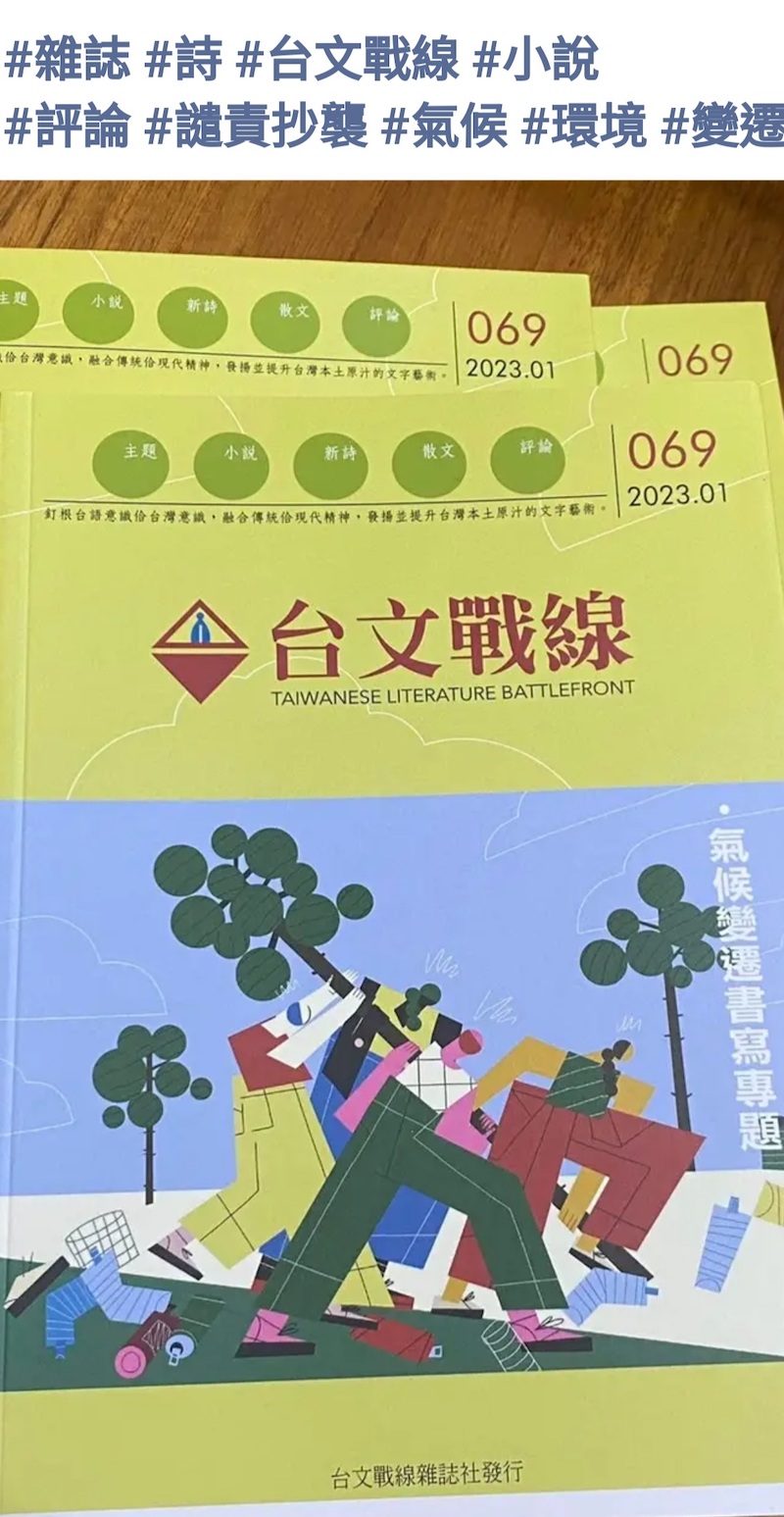Dying minority languages in Europe
"‘We’re a bit jealous of Kneecap’: how Europe’s minority tongues are facing the digital future", Stephen Burgen, The Guardian (11/26/25)
What does it mean to lose a language? And what does it take to save it? Those were the big questions being asked in Barcelona recently
The author tells us:
There’s an Irish saying, tír gan teanga, tír gan anam: a country without a language is a country without a soul. Representatives of some of Europe’s estimated 60 minority languages – or minoritised, as they define them – met in Barcelona recently to discuss what it means to lose a language, and what it takes to save it.
Read the rest of this entry »
